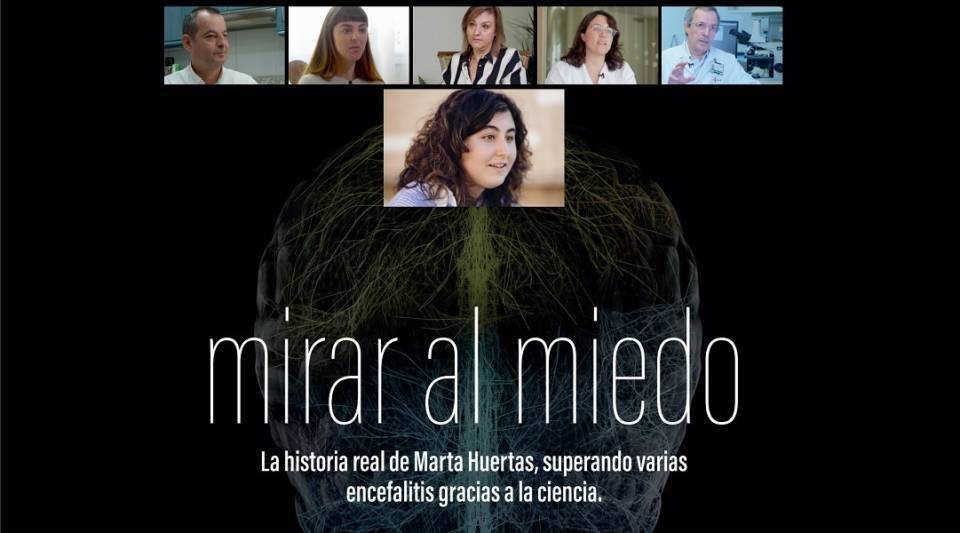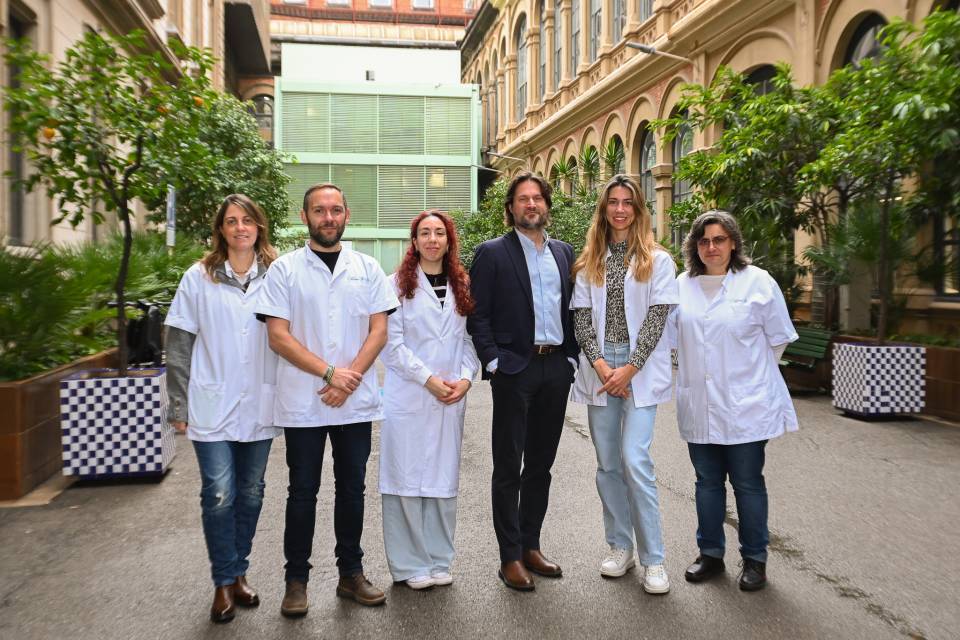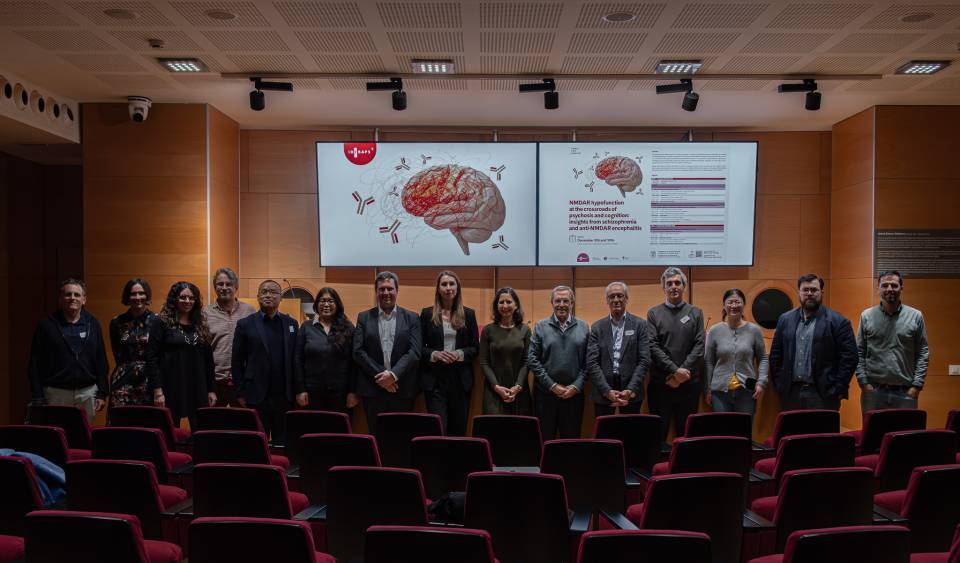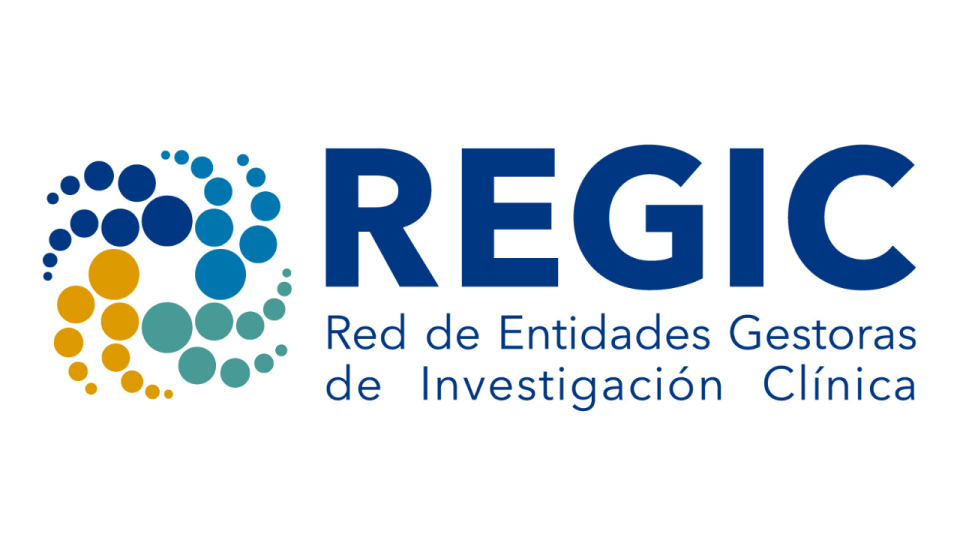Before the disease, Marta was a normal 11-year-old. After the first infection and the later diagnosis of a rare, practically unknown pathology, postherpetic autoimmune encephalitis, Marta and her family began a journey full of uncertainty, suffering and anxiety. Being able to place herself in the hands of the right team of health professionals, such as Josep Dalmau’s team at the Hospital Clínic-IDIBAPS, allowed her to be cured and return to normality. Now, at just 19 years old, this girl from Alicante, now living in Orihuela, can feel proud of having lived at least three different lives.
The documentary “Mirar al miedo” (“Looking at fear”) sums up this journey and is also the leitmotif of a new phase in the life of Marta and her family, characterized by the return to normality. “The film has managed to highlight her disease and allow her to be considered a normal girl, in addition to helping others who are in the same or similar situations as her”, says Fuensanta Gil, this young girl’s mother. Thanks to the presentation of her case, several families living in similar situations have been in contact with Marta’s entourage, and have been guided and encouraged by them. Moreover, the documentary was screened at the last Meeting of the Spanish Society of Neurology (in Valencia), in front of neurologists and patient associations.
Now, CaixaForum+, the ”la Caixa” Foundation’s free online platform for culture and scientific dissemination, is screening this documentary in its audio-visual catalogue. The première coincides with World Encephalitis Day, which is celebrated on 22 February. The main purpose of this film is to show a paradigmatic case of overcoming adversity, bravery, courage, bitterness, helplessness and incomprehension.
A case study…and progress
After the start of the treatment in Barcelona, the improvement observed was extraordinary. “Now we can affirm we are dealing with a success story”, comments Thaís Armangué, researcher at the Hospital Clínic-IDIBAPS and head of Neuroimmunology at the Hospital Sant Joan de Déu. Marta presented with two very severe episodes of encephalitis, one caused by the herpes simplex virus and another of autoimmune origin (anti-NMDAR encephalitis), which was triggered as her body's response to the viral encephalitis. “Thanks to advances in the understanding of these encephalitides that we have made in the last few years, the patient was diagnosed, treated specifically and made a good recovery”.
In the past, in encephalitis caused by the herpes simplex virus, it was believed that after the viral infection all the inflammation ended and, if there were any new symptoms, they were secondary to sequelae of what had happened. Cases such as Marta’s have helped to show that up to 25% of patients who suffer encephalitis caused by this virus go on to present severe autoimmune encephalitis, which is responsible for these new symptoms and can respond well to targeted treatments.
At present, all patients with encephalitis caused by herpes are monitored for this complication, in order to identify and treat it early. In Armangué’s opinion, “this shows that translational research really works and has direct implications for patients and society. In order to be able to treat rare diseases, it is very important to understand the mechanisms involved and research is key to doing this”.
Undoubtedly, as Josep Dalmau, neurologist and ICREA Investigator at the IDIBAPS-CaixaResearch Institute and the Hospital Clínic Barcelona, and professor at the University of Barcelona and the University of Pennsylvania points out, “Marta’s case has made a major contribution, alongside other patients, to our understanding of this disease and to the development of diagnostic tests that allow us to differentiate between encephalitis caused by the herpes simplex virus and autoimmune encephalitis, which some of these patients later develop”.




